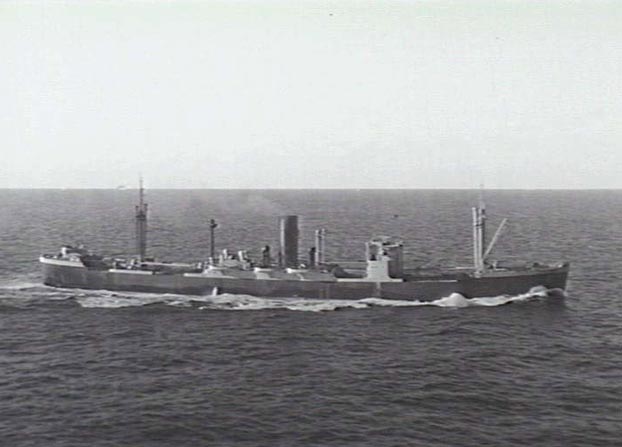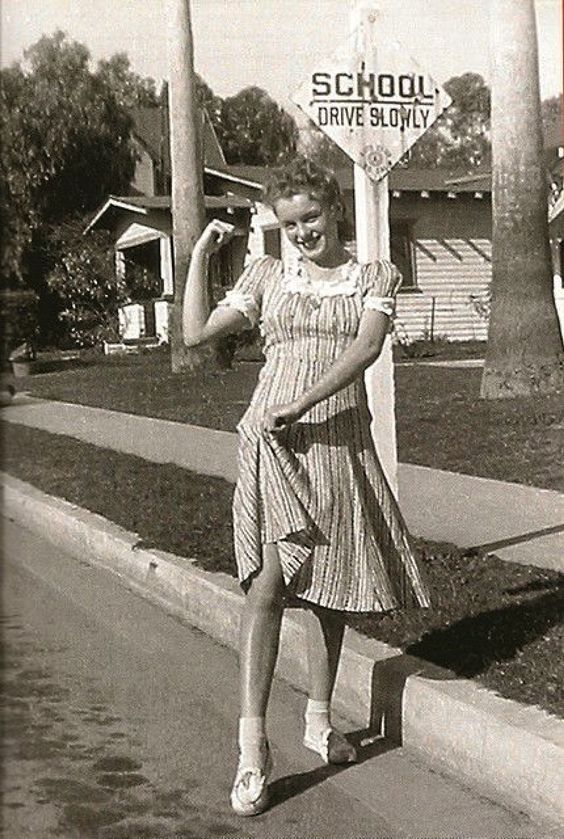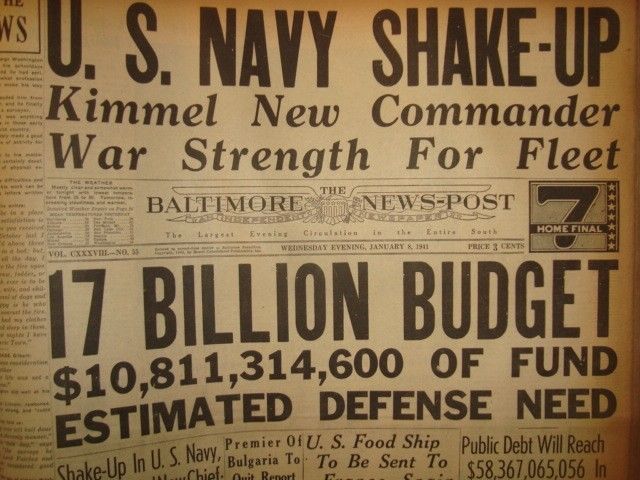Tuesday 1 April 1941
 |
| "General Charles de Gaulle with General Sir Archibald Wavell in Cairo, 1 April 1941." © IWM (E 2324). |
Ante Pavelić, with Mussolini's permission, uses Italian radio facilities in Florence to transmit an appeal to the people in Croatia calling for its liberation from the Belgrade government by the Axis. Croatia is notable for its strong pro-German sentiments, as opposed to the rest of Yugoslavia which favors the Allies.
British CIGS Sir John Dill is in Belgrade discussing joint defense with Yugoslavian Prime Minister Simovic. There is little that Great Britain can offer except promises of future aid whenever it can be made available.
In Hungary, Prime Minister Teleki cooperates with Admiral Horthy and authorizes the mobilization of the Hungarian Army. However, he remains opposed to any military participation by Hungary in attacks on Greece or Yugoslavia.
East African Campaign: The British stampede continues in Eritrea. The Indian 5th Infantry Division, now well past the broken Italian defenses at Keren, advances to Asmara. The Italian 2nd Colonial Division attempts to block the British at Adi Tecesan, which is 35 miles (60 km) from Asmara, but the Indian troops blow through the position. Italian General Nicola Carnimeo then declares Asmara an open city by sending a pair of policemen out with a white flag.
Some Luftwaffe planes do remain on the Channel Front. To prove it, Bf 109s strafe a train near Berwick.
Battle of the Atlantic: German cruiser Admiral Scheer completes its journey homeward from Brest to Kiel.
The Luftwaffe attacks Convoy HXM-114 off Smalls in Pembrokeshire. Five ships are hit:
- 7982-ton British tanker San Conrado (sinks while under tow)
- 7639-ton Norwegian tanker Hidlefjord (sunk, 29 dead)
- 7984-ton British tanker Adellan (damaged, taken to Milford Haven)
- 8955-ton British tanker Chesapeake (makes it to Walton Bay)
- 9603-ton Norwegian tanker Kaia Knudsen (towed to Milford Haven)
Swedish 5842-ton freighter Lidingo hits a mine and sinks west of Falsterbo. After the captain beaches it, the Lidingo is towed to Malmo, Sweden.
Two German freighters - 4833-ton Hermonthis and 5619-ton Muenchen - are trying to escape through the British blockade of Callao, Peru when they are spotted by Royal Navy armed merchant cruiser HMS Prince Henry. Both are scuttled by their crews.
A number of other German freighters scuttle themselves in Mexican and South American ports:
- 1120-ton freighter Cerigo
- 4323-ton freighter Eisenbach
- 6310-ton freighter Friesland
- 5898-ton freighter Leipzig
- 4351-ton freighter Hameln
- Freighter Seostris
- 5578-ton freighter Monserrate.
Commander-in-chief of the Home Fleet Admiral Sir John Tovey transfers his flag from battleship HMS Queen Elizabeth to newly commissioned King George V.
The German supply system in the Atlantic continues in fine operational form. German tanker Nordmark restocks from German tanker Ill in the Mid-Atlantic.
 |
| The British Navy gives the Italian Fleet good ironing at Cape Matapan. By Strube, 'The Daily Express', April 1, 1941. |
The Luftwaffe aids the Afrika Korps advance, using Stukas to destroy British tanks and trucks. By the end of the day, the advanced German detachments of the 5th Light Division are approaching Agedabia. Italian Libyan Commander Gariboldi, meanwhile, tries to place the breaks on the German advance, sending a letter to Afrika Korps Commander Lieutenant General Erwin Rommel warning of the "strong enemy defense" and the need to wait for "necessary reinforcements." Rommel technically is subordinate to the Italian command in North Africa, but displays a strong tendency to ignore them (and, at times, the Wehrmacht high command as well). The Italians also fail to supply transport planes for Rommel's Gialo operation, so it is postponed again.
Convoys ANF and AG 10 depart from Alexandria bound for Piraeus, while Convoys ASF-22 and AS-23 depart from Piraeus.
An Italian convoy of four troopships departs from Naples bound for Tripoli.
Battle of the Indian Ocean: Royal Navy destroyer Kandahar stops 4188-ton German freighter Bertram Rickmers, which fled from Massawa on 31 March. The crew scuttles the freighter off Gondumiat.
Another German freighter, 7566-ton Lichtenfels, tries to make a run for it from Massawa as well. However, it spots the Royal Navy patrols and has to return to Massawa.
Convoy BS-22 departs from Suez.
Anglo/Yugoslavian Relations: While things have changed in Belgrade following the March 27 coup, they haven't changed that much. The new Yugoslavian Prime Minister, General Dušan Simović, is under no illusions about the country's military power. British Foreign Secretary Anthony Eden, who had been on his way back to Britain when the coup took place, is now back in Athens and requests a meeting there with Simović. However, Simović is a former chief of the general staff and is well aware of the danger facing the country. He turns down the meeting so as not to provoke the Germans into a quick invasion.
Italian/Japanese Relations: Japanese Foreign Minister Yosuke Matsuoka moves on from Berlin to Rome. He meets separately with King Victor Emmanuel III and Mussolini.
US/Mexican Relations: The US and Mexico reach an agreement in Washington for joint air defense. Each can use the other's airfields.
Anglo/US Relations: British Far East Commander RAF Air Marshal Brooke-Popham flies to Manila for consultations with US commanders General MacArthur and Admiral Hart.
 |
| The body of Jan Willem Ter Braak, as found in an air raid shelter on 1 April 1941. |
German Military: Hans-Joachim Marseille receives a promotion to Leutnant. His unit, JG 27, is scheduled to head east along with many other formations to aid in Operation Marita.
Werner Haase, Hitler's deputy personal physician, joins the SS.
US Military: Rear Admiral John H. Newton, fresh off his successful visit to Australia with his cruiser squadron, arrives at Suva, Fiji.
The US Navy takes over artificial Treasure Island in San Francisco Bay. Built for the 1939 Golden Gate International Exposition, Treasure Island will be turned into Naval Station Treasure Island.
Iraq: Raschid Ali al-Gaylani and his military conspirators, known as the "Brethren of the Golden Squares," seize power. Ali initially announces that he is the Chief of the National Defence Government, then becomes Prime Minister. This is in part due to German support and funding, while Regent 'Abd al-Ilah of Hejaz moves on from the British gunboat where he has taken refuge to Amman, Jordan. The Germans have great hopes to use the uprising as a way to undermine British power throughout the Middle East. The British, meanwhile, have a large airbase at Habbaniya and don't intend to leave. Thus, the stage is set for an epic clash in unexpected theater operations.
 |
| A Plymouth advertisement, April 1941. |
Japan: Rice is rationed. While Japan is not at war, it greatly depends upon fertilizers based upon phosphate. The German raider Komet attack on Nauru of 27 December 1940 crippled phosphate exports upon which Japan greatly relied. Even though shipments have resumed recently, they are at greatly reduced levels. Japan thus has run short of fertilizer, which has strained its relations with Germany.
China: The Japanese 11th Army continues withdrawing under pressure after the Battle of Shangkao. The Chinese recover Kaoan and Hsiangfukuan.
American Homefront: The Ford Motor Company has fired several union members at its River Rouge plant in Michigan. The other workers go out on strike.
Joseph Creamer, owner/operator of Station W71NY of New York City signs the first contract for advertising on a commercial FM station. This is a big change for the radio industry, as advertisers to this point have felt that it was not worthwhile to advertise on FM.
March 1941
March 1, 1941: Rettungsboje
March 2, 1941: Oath of Kufra
March 3, 1941: Germans in Bulgaria
March 4, 1941: Lofoten Islands Raid
March 5, 1941: Cooperation With Japan
March 6, 1941: Battle of Atlantic
March 7, 1941: Prien Goes Under
March 8, 1941: Cafe de Paris
March 9, 1941: Italian Spring Offensive
March 10, 1941: Humanitarian Aid
March 11, 1941: Lend Lease Becomes Law
March 12, 1941: A New Magna Carta
March 13, 1941: Clydeside Wrecked
March 14, 1941: Leeds Blitz
March 15, 1941: Cruisers Strike!
March 16, 1941: Kretschmer Attacks
March 17, 1941: Happy Time Ends
March 18, 1941: Woolton Pie
March 19, 1941: London Hit Hard
March 20, 1941: Romeo and Juliet
March 21, 1941: Plymouth Blitz
March 22, 1941: Grand Coulee Dam
March 23, 1941: Malta Under Siege
March 24, 1941: Afrika Korps Strikes!
March 25, 1941: Yugoslavia Joins The Party
March 26, 1941: Barchini Esplosivi
March 27, 1941: Belgrade Coup
March 28, 1941: Cape Matapan Battle
March 29, 1941: Lindbergh Rants
March 30, 1941: Commissar Order
March 31, 1941: Cookie Bombs
April 1941
April 1, 1941: Rommel Takes Brega
April 2, 1941:Rommel Takes Agedabia
April 3, 1941: Convoy SC-26 Destruction
April 4, 1941: Rommel Takes Benghazi
April 5, 1941: Rommel Rolling
April 6, 1941: Operation Marita
April 7, 1941: Rommel Takes Derna
April 8, 1941: Yugoslavia Crumbling
April 9, 1941: Thessaloniki Falls
April 10, 1941: USS Niblack Attacks
April 11, 1941: Good Friday Raid
April 12, 1941: Belgrade and Bardia Fall
April 13, 1941: Soviet-Japanese Pact
April 14, 1941: King Peter Leaves
April 15, 1941: Flying Tigers
April 16, 1941: Battle of Platamon
April 17, 1941: Yugoslavia Gone
April 18, 1941: Me 262 First Flight
April 19, 1941: London Smashed
April 20, 1941: Hitler's Best Birthday
April 21, 1941: Greek Army Surrenders
April 22, 1941: Pancevo Massacre
April 23, 1941: CAM Ships
April 24, 1941: Battle of Thermopylae
April 25, 1941: Operation Demon
April 26, 1941: Operation Hannibal
April 27, 1941: Athens Falls
April 28, 1941: Hitler Firm about Barbarossa
April 29, 1941: Mainland Greece Falls
April 30, 1941: Rommel Attacks
2020





















